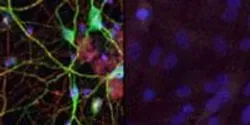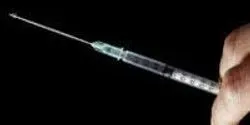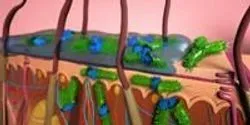Skin

Scientists have described a way to convert human skin cells directly into a specific type of brain cell affected by Huntington’s disease, an ultimately fatal neurodegenerative disorder. Unlike other techniques that turn one cell type into another, this new process does not pass through a stem cell phase, avoiding the production of multiple cell types, the study’s authors report.

Drawing blood and testing it is standard practice for many medical diagnostics. As a less painful alternative, scientists are developing skin patches that could one day replace the syringe. In the American Chemical Society journal Analytical Chemistry, one team reports they have designed and successfully tested, for the first time, a small skin patch that detected malaria proteins in live mice. It could someday be adapted for use in humans to diagnose other diseases, too.

The fast and safe technique developed at the Salk Institute circumvents problems that have hindered regenerative medicine.














